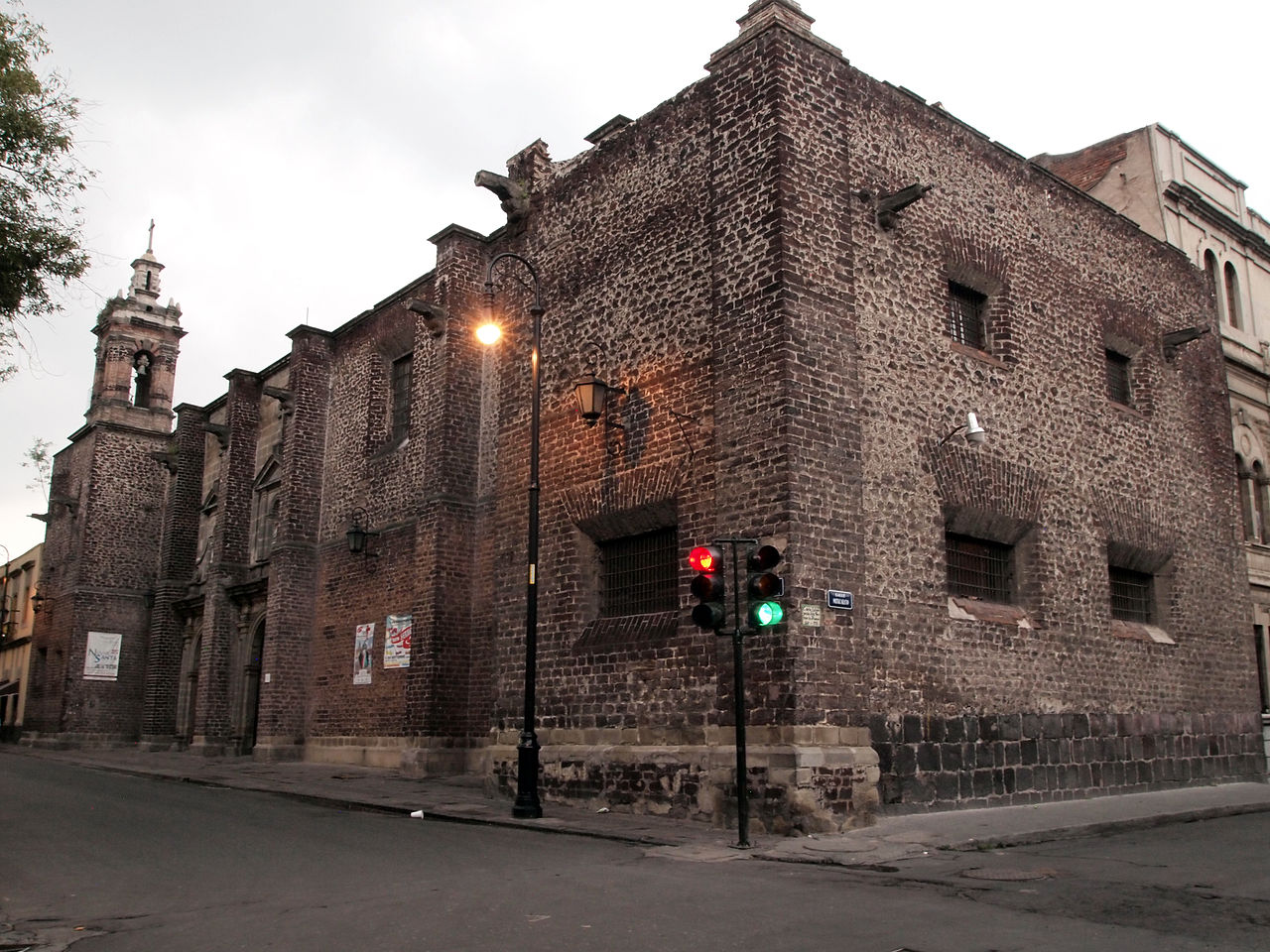
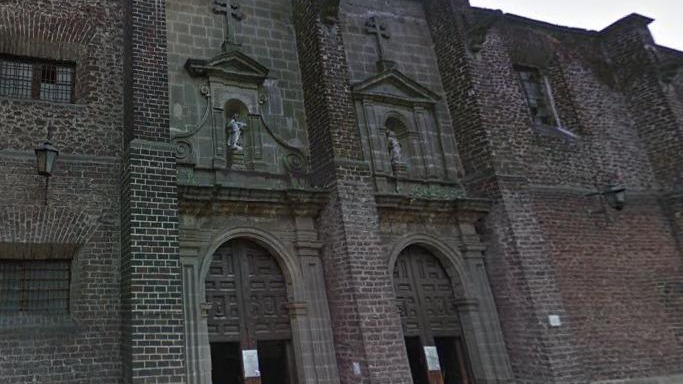
 Manuela Molina invested her inherited fortune in the building of a convent for women devoted to the rule of St. Teresa of Avila. She dedicated the foundation to St. Joseph. The current temple has lost the baroque altarpieces but preserves paintings and sculptures of its old past, in white altarpieces of the neoclassical style. In the low choir, a grotto was invented somewhat distorting its original intent. It still conserves the iron grill and some spikes that prevented contact between priests and the public attending mass. In the church, the corposanto of Santa Celeste the martyr is displayed for public devotion. Such wax sculptures were elaborated in Italy and constituted a great part of the traffic in relics.
On Loreto Street the two simple portals of the temple are admired, with niches that lodge the sculptures of Santa Teresa de Avila and San Jose. In the sacristy of the temple you can appreciate a lambrin of tiles and a washbasin, all of the XVIII century. Part of the convent building was occupied for the School for the Blind, inaugurated in 1870 by Ignacio Trigueros.
Manuela Molina invested her inherited fortune in the building of a convent for women devoted to the rule of St. Teresa of Avila. She dedicated the foundation to St. Joseph. The current temple has lost the baroque altarpieces but preserves paintings and sculptures of its old past, in white altarpieces of the neoclassical style. In the low choir, a grotto was invented somewhat distorting its original intent. It still conserves the iron grill and some spikes that prevented contact between priests and the public attending mass. In the church, the corposanto of Santa Celeste the martyr is displayed for public devotion. Such wax sculptures were elaborated in Italy and constituted a great part of the traffic in relics.
On Loreto Street the two simple portals of the temple are admired, with niches that lodge the sculptures of Santa Teresa de Avila and San Jose. In the sacristy of the temple you can appreciate a lambrin of tiles and a washbasin, all of the XVIII century. Part of the convent building was occupied for the School for the Blind, inaugurated in 1870 by Ignacio Trigueros.
Heart of México Walking Route: Loreto-San Ildefonso Route
< < Plaza de Loreto |Templo de Nuestra Señora de Loreto > >
Proyecto “Corredor de Cultura Digital”.
Nombre de la investigación: Investigación Centro Histórico, Monumentos, Edificios y Puntos de Interés (2023)
Dirección de investigación y diseño de Rutas: Acércate al Centro A.C. Guadalupe Gómez Collada
Coordinación e investigación histórica: Fideicomiso del Centro histórico Dir. Maestra Loredana Montes
 55 5702 3204
55 5702 3204

Nearest at 0.04 kms.
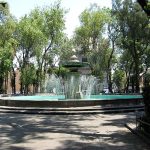
Nearest at 0.05 kms.
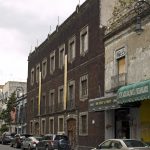
Nearest at 0.08 kms.

Mexico City's historic and first-recognized Jewish temple . . .

A modern graphic collection in an outstanding Baroque palace from the 18th century.

One of Mexico City's earliest temples is today a cultural center and museum.
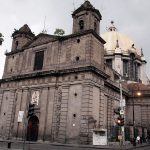
One of the most striking Neoclassical churches in the city center, the Church of Nuestra Señora de Loreto is also one of the most crooked.

A quirky city-center park becomes the final reflecting point for one of Manuel Tolsá's Bucareli fountains.